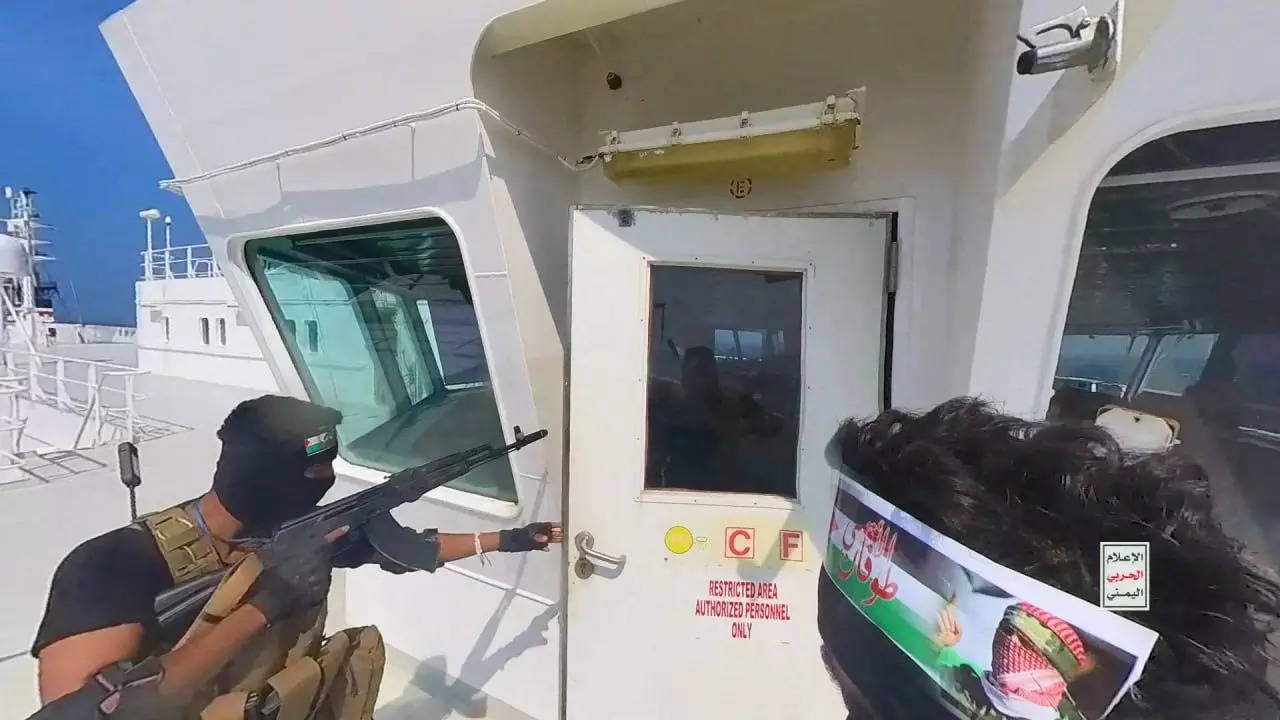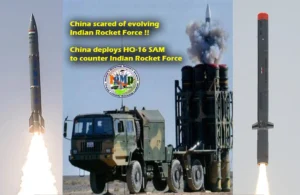Israeli-linked vessels have been targeted, but the threat to trade has grown this week as a Norwegian-flagged oil tanker was struck and missiles were fired at a vessel carrying jet fuel toward the Suez Canal, where about 10% of the world’s trade passes through.
Here are things to know about the recent attacks and the impact on global shipping:
The Houthis are Iranian-backed rebels who swept down from their northern stronghold in Yemen and seized the capital, Sanaa, in 2014, launching a grinding war against a Saudi-led coalition seeking to restore the government.
The Houthis have sporadically targeted ships in the region over time, but the attacks have increased since the start of the war between Israel and Hamas.
They have used drones and anti-ship missiles to attack vessels and in one case used a helicopter to seize an Israeli-owned ship and its crew. In recent days, they have threatened to attack any vessel they believe is either going to or coming from Israel. That’s now escalated to apparently any vessel given the attacks this week, with the Houthis also
hailing vessels by radio to try to convince them to change course closer to the territory they control.
“The numerous attacks originating from Houthi-controlled territories in Yemen threaten international navigation and maritime security, in grave contravention of international law,” the European Union foreign policy office said Wednesday. Houthi “interference with navigational rights and freedoms in the waters around the Arabian Peninsula, particularly the Red Sea, is unacceptable.”
The Red Sea has the Suez Canal at its northern end and the narrow Bab el-Mandeb Strait at the southern end leading into the Gulf of Aden. It’s a busy waterway with ships traversing the Suez Canal to bring goods between Asia and Europe.
A huge amount of Europe’s energy supplies, like oil and diesel fuel, come through that waterway, said John Stawpert, senior manager of environment and trade for the International Chamber of Shipping, which represents 80% of the world’s commercial fleet.
So do food products like palm oil and grain and anything else brought over on container ships, which is most of the world’s manufactured products.
Some Israeli-linked vessels have apparently started taking the longer route around Africa and the Cape of Good Hope, said Noam Raydan, senior fellow at the Washington Institute for Near East Policy. That lengthens the trip from around 19 days to 31 days depending on vessel speed, increasing costs and adding delays, she said.
The global oil market has shrugged off the most recent attacks. Prices have fallen, and the market is more worried about weak demand in major economies.
The single biggest immediate impact of the Houthi escalation has been increased insurance costs.
The attack and attempted strikes this week show the increased threat to vessels in the Red Sea and represent a “significant impediment” to commercial shipping in the region, said Munro Anderson, head of operations for Vessel Protect, which assesses war risks at sea and provides insurance with backing from Lloyd’s, whose members make up the world’s largest insurance marketplace.
“The latest incident represents a further degree of instability facing commercial operators within the Red Sea which is likely to continue to see heightened rates across the short to medium term,” he said. Insurance costs have doubled for shippers moving through the Red Sea, which can add hundreds of thousands of dollars to a journey for the most
expensive ships, said David Osler, insurance editor for Lloyd’s List Intelligence, which provides analysis for the global maritime industry. For Israeli ship owners, they have gone up even more — by 250% — and some insurers won’t cover them at all, he said.
While shippers are applying a so-called war risk charge of $50 to $100 per container to customers bringing over everything from grain to oil to things you buy off Amazon, that’s a low enough fee that it should not drive up prices for consumers, he said.
Osler expects insurance costs to keep rising but said the situation would have to get a lot worse — such as the loss of several ships — to raise prices considerably and make some ship owners rethink moving through the region.
“At the moment, it’s just an inconvenience that the system can handle,” he said. “Nobody likes to be paying hundreds of thousands of dollars more, but you can live with it if you have to.”
Unlikely, experts say. The Houthis have no formal naval warships with which to impose a cordon, relying on harassing fire and only one helicopter-borne assault so far. Meanwhile, U.S., French and other coalition warships patrol the area, keeping the waterway open.
Still, the attacks are making the shipping industry nervous, and “it’s not being taken lightly,” said Stawpert of the shipping chamber. But “you’ll still see there’s an awful lot of trade going through the Red Sea because it’s such a crucial supply line for Europe and Asia.” He noted that the Houthis’ area of influence in the waterway also remains limited.
“I just don’t see there being a possibility of the Houthis shutting transport through the Red Sea,” he said. It is “simply not how the shipping industry works. It’s not how we respond to threats like this. We will do everything we can to mitigate any such threats and keep trade flowing.”
That’s been on display in other conflicts like the war in Ukraine, with the closure of some parts of the Black Sea, Stawpert said. He doesn’t see a threat to shipping in general or closure of Red Sea routes, but “if that were to arise as a potentiality, I think we would see a much more robust reaction from navies in the area.”









